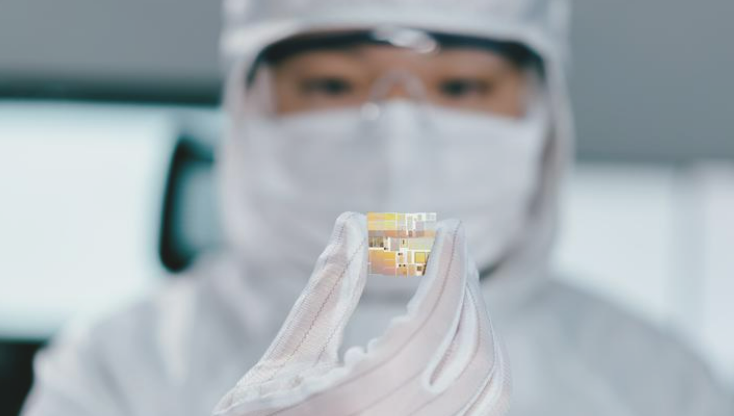My View: CHIPS and Science Act a winning combination for Arizona

It seems not long ago we all wondered why something as small as a microchip could be such a big deal in our lives, especially as we dealt with shortages that seemingly tapped the brakes on keeping up with the demand for the latest and greatest innovation in our cell phones, computers and cars.
Soon all that chaos and unpredictability should be a faded memory as Arizona puts the rest of our nation in the fast lane toward the future with plenty of chips, thanks to some help from the new CHIPS and Science Act.
In short, the law triggers investments and incentives to support U.S. semiconductor manufacturing, research and development, supply chain certainty and more. (More about “more” in a bit.)
While Congress was hammering out details of the act, Arizona already had a head start on meeting increased demand. In the north Valley, activity has been well under way to create a Taiwan Semiconductor Manufacturing Co. (TSMC) fabrication plant, where the most advanced microchips ever produced in the United States will be made. And in Chandler, Intel Corp. has two new fabs under construction to add to its solid presence here.
That all sounds pretty good to meet near-term needs but what about the new generations of semiconductors to serve new technologies as time passes? According to the act, the U.S. Department of Commerce’s National Institute of Standards and Technology (NIST) will serve as lead for a program of research and development investment to speed up design, development and manufacturability of next generation microelectronics, including creation of a Manufacturing USA institute for semiconductor manufacturing.
Add to that President Joe Biden’s establishing a NIST subcommittee focused on our nation taking the lead in semiconductor technology and innovation. The panel will be charged with developing a national strategy on semiconductor research.
When it comes to supply chain, what’s the point of new fabs here if they run out of the building blocks needed to get their products ready for market? That‘s why, according to the act, Commerce also is responsible for establishing a program to match state and local government incentives offered to private entities that launch manufacturing facilities that serve the chip fabs.
That must sound like icing on the cake for companies already setting up shop in Arizona as suppliers. And that likely gives them reasons to commit to staying.
Examples, according to recent news reports, are Sunlit Chemical, which supplies hydrofluoric acid to make semiconductor production and has two phases planned for a new facility in north Phoenix, as well as Rinchem, an industry logistics provider with a presence in Chandler that is expanding to the West Valley. And England-based Edwards has announced it is coming to Chandler to begin remanufacturing and assembling equipment essential to meet new semiconductor fab needs.
Another winner in all of this is the military. Under the act, the Department of Defense will prioritize the use of specified amounts of semiconductors for programs, projects and activities in connection with chips and related technologies. This all adds up to serving Arizona’s defense industry as they work to keep us all safe.
And the “more” I mentioned earlier? Sen. Mark Kelly, working on behalf of the Arizona Technology Council, teamed with Kansas Sen. Jerry Moran to advocate the act’s inclusion of STEM Learning Ecosystems as eligible entities for a science, technology, engineering and math education program created within the new technology, innovation and partnerships directorate at the National Science Foundation (NSF).
The STEM Learning Ecosystems Community of Practice, a 100-community initiative, brings together partners from K-12, higher education, business and industry, philanthropy, out-of-school STEM providers and others to improve STEM learning opportunities.
The new law allows STEM Learning Ecosystems to apply for funding of a new grant program that scales up best practices in STEM through new NSF-funded centers. As part of the CHIPS Act, funding awarded to NSF over a five-year period will then be distributed to organizations scaling innovation in STEM education initiatives.
Some of you still may be wondering why I feel so confident that Arizona will take the lead in U.S. semiconductor manufacturing, even with assistance from the CHIPS and Science Act. Consider that even before contractors started building the new fabs and suppliers announced plans for expansion in our state that we were in the top five for both highest concentration of semiconductor employment and semiconductor industry exports.
So, think about: If you had a head start in the race, doesn’t that make you the favorite to win?
Steve Zylstra is president and CEO of the Arizona Technology Council.
